You are heading towards the most historical parts of westminsteR
The MALL, ST. JAMES’S PALACE, ST.JAMES’S PARK, HORSEguARDS parade

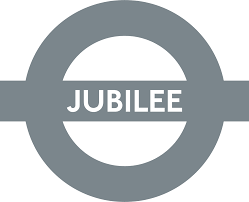




LBTC route


EIGHT HOLLAND STREET
cockpit steps
Leading between Birdcage Walk and Old Queen Street is the small passageway of Cockpit Steps, named after its rather sinister connection to the age old pastime of cock fighting. The steps themselves are actually the last remaining parts of the old Royal Cockpit, a venue built in the 18th century for the upper classes to watch and wager on cock fights.
THE SPECTATOR OFFICES
The Spectator is a weekly British news magazine focusing on politics, culture, and current affairs.[1] It was first published in July 1828,[2] making it the oldest surviving weekly magazine in the world.[3] The Spectator is politically conservative, and its principal subject areas are politics and culture.

Now, the regular lbtc….
AFTER BUCKINGHAM PALACE AND QUEEN VICTORIA MEMORIAL, THE ROUTE continuES ALONGSIDE THE MALL

THE MALL
GIV LAMP-POSTS
What about nelson’s fleet on top of the mall’s lampposts? ?

Now, you are looking at the huge lampposts alongside The Mall… have you ever noticed the ships that sit on top of the lamp posts? They were designed by Sir Thomas Brock and are said to represent each of Nelson's ships at Trafalgar, though this doesn't seem to be a theory backed up with any hard evidence.
And about CHANNEL’s LOGO in the lampposts of WESTMINSTER?
This article of THE LONDONIST is about lamposts?
The precinT of ST. JAMES’S PALACE

St James's Palace is still a working palace, and the Royal Court is still formally based there, despite the monarch residing elsewhere. It is also the London residence of Princess Anne, Princess Beatrice, and Princess Alexandra.
LANCASTER HOUSE
Lancaster House is managed and run by the Foreign, Commonwealth & Development Office.

The residence of Prince Charles, then King Charles, since 2007
The Gates

A few years ago, soldiers mounted guard outside. Now, you can see them, beside their sentry boxes, inside the precinct, for security reasons. Detachments of the NEW GUARD (entering it) and OLD GUARD (exiting it) go through it. And members of the royal family…
Marlborough road
FRIARY COURT
NEW GUARD and OLD GUARD form here, after the Changing or before the Changing, respectively
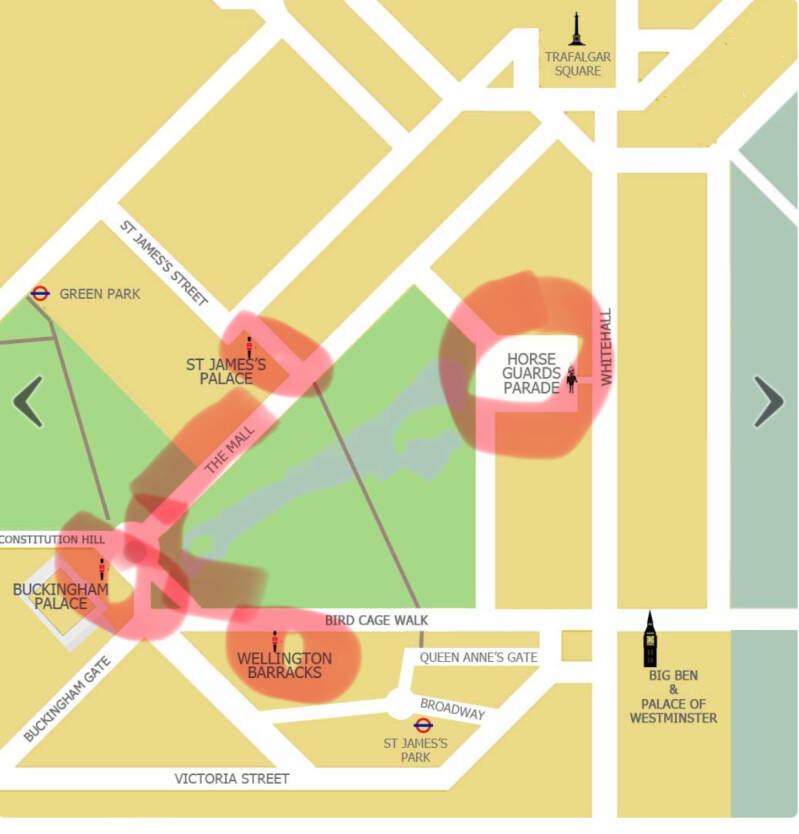
Royal PROCLAMATION 2022
THE QUEEN’S CHAPEL. Why a CATHOLIC chapel in a protestant court?

Designed by Inigo Jones, it was built between 1623 and 1625 as an adjunct to St. James's Palace, initially as a Catholic chapel for the Infanta Maria Anna of Spain, Holy Roman Empress (who was considered as a possible wife of the future CHARLES I) and then for Queen Henrietta Maria of England. It is one of the facilities of the British monarch's household religious establishment, the Chapel Royal,

Now, you are evading yourself again from the regular lbtc route…again!
st.james’s palace original gatehouse

The chapel royal

ST.JAMES’S (THE DISTRICT)
HAVE A QUICK BROWSE!
Alongside PICCADILLY

GREEN PARK & PICCADILLY CIRCUS LU STATIONS



Spectacular for its time! : piccadilly circus lu sta
By the way “Bakerloo”?. What it means?
Rumour has it that the Bakerloo line was created after a group of businessmen complained that they couldn't get to and from Lord's Cricket Ground quickly enough. The instant success of the line, however, proved that they weren't the only ones in need of the service. When it opened on 10 March 1906, more than 36,000 passengers used it, despite the fact that the cricket season had yet to start.

Bridgewater house

In 1981, Bridgewater House was purchased for £19 million and restored by Yiannis Latsis, a Greek shipping magnate,[4] and it is still owned by his family.
pickering place

Spot where the TEXAN LEGATION was…
And the relief of LORD PALMERSTON…
And the entrance to the CELLARS!
And a posh restaurant!
The NAPOLEON CELLAR of berry bros and rudd

Exiled in London, President of the Republic, Emperor of France, exiled in London…
The red lion and other eateries and shops. crown passage

Christie’s, the famous auctioneers

SHOPPING: Royal warrants ALL OVER THE PLACE
A Royal Warrant of Appointment is granted as a mark of recognition to people or companies who have regularly supplied goods or services to the Royal Household.
Here you have all the WARRANT HOLDERS, just in case you want to do some purchases…
Berry bros & rudd: Wines

Lock: Hats

Lobb: Shoes

The Gentlemen’s clubs of st james’s
A lady in a gentlemen’s club…
Carlton club

On becoming Conservative leader in 1975, Margaret Thatcher was made an honorary member of the club and, as such, until 2008 was the only female member entitled to full membership.
A spy in the stafford…
Spencer house
Spencer House is a rare survivor of the great aristocratic palaces that once adorned London. Built in 1756-66 for the First Lord and Lady Spencer in a prime location overlooking Green Park, the house immediately became an important architectural landmark

On September 15th, 1830 the MP for Liverpool and former Cabinet minister, William Huskisson, alighted from his carriage on the steam locomotive Northumbrian and became the first person ever to die in a railway accident.
Jermyn street

Back on the lbtc route, along the mall
queen mary’s memorial
MARLBOROUGH HOUSE

The Commonwealth of Nations is an organisation of 53 independent states made up MOSTLY of former colonies that were part of the British Empire. The Commonwealth is headed by Her Majesty Queen Elizabeth II, however this position is not a hereditary one. 16 nations in The Commonwealth share KING CHARLES as their Head of State, although each of these nations are governed separately. The MONARCHIST LEAGUE’s website might interest you…
The last four countries to join the Commonwealth - Mozambique, Rwanda, Gabon and Togo - have no historical ties to the British Empire.
CAMEROON had, IN PART, , a French and colonial past
United Kingdom, Antigua and Barbuda, Australia, the Bahamas, Belize, Canada, Grenada, Jamaica, New Zealand, Papua New Guinea, Saint Kitts and Nevis, Saint Lucia, Saint Vincent and the Grenadines, the Solomon Islands and Tuvalu. These are known as the 'Commonwealth REALMS'.
Not anymore a realm
Barbados has become a republic and parted ways with the British Crown. But stays in the COMMONWEALTH
Australia plans to hold a refere
GEORGE VI and queen elizabeth MEMORIALS
1936. The abdication crisis
In his book historian Andrew Lownie marshals evidence from German documents to argue that Wallis Simpson and her husband were a big threat to Britain during World War II.
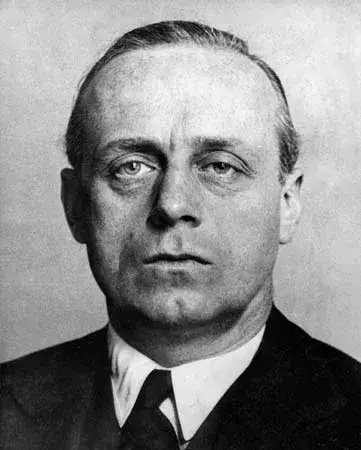

Up the stairs, diverting from the official lbtc tour… you are exploring another bit of st.james’s
cARLTON HOUSE GARDENS

Lord kitchener, war secretary


NAPOLEON III lived here and, as well, in KING STREET, ST.JAMES’S

Charles De gaulle memorial & Wartime free french hq




In June 1940 General Charles de Gaulle arrived in London, leaving behind him the defeated France as German forces organised the Vichy government and occupied Paris.
De Gaulle’s mission was to restore honour and glory to both France and her empire. From the 17 June 1940 to his return to France on 14 June 1944 General Charles de Gaulle spent four years in London at 3/4 Carlton Gardens which became the headquarters for the Free French armed forces that he led. For the majority of this period, De Gaulle spent his days at the Carlton Gardens Headquarters where he organised Free French training and operations.
June 18th 1940. The “appel”

Cantine worker: ANNA MARLY
She worked as a volunteer clearing bomb damage - "We were picking up arms, legs, a traumatic experience" - and in the canteen of the French servicemen's centre in Carlton Gardens.
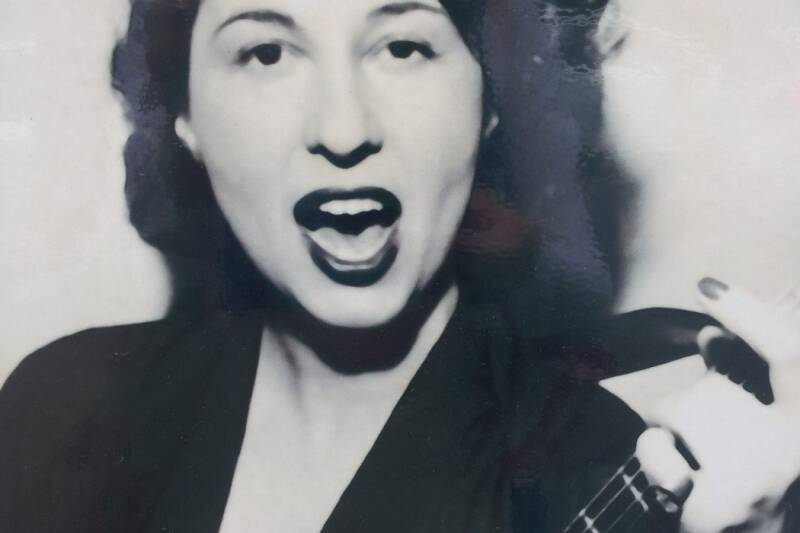
De gaulle, living in hampstead (VISIT HAMPSTEAD!) & socialising in soho and mayfair
de gaulle & churchill’s Special operations executive
SOE’s recruitment office, in DORSET SQUARE, MARYLEBONE
Memorial to violette szabo and to other soe wartime heroes, EMBANKMENT (see lambeth palace at the rear)


St.james’s square is not far away
The “in & out” club
Not bad: 1 house, 1 think tank , 3 prime ministers
Pall mall: 3 club houses in a row: ATHENAEUM, TRAVELLERS & REFORM
Former german embassy. Currently, bnp paribas

After this short tour of st.james’s, Back in the mall…
CARLTON HOUSE TERRACE
To the west (No.1–9) and to east (No. 10–18) lie the 2 sections of Carlton House Terrace. These two blocks were designed by Nash and Decimus Burton, with James Pennethorne in charge of the construction. Decimus Burton exclusively designed No. 3 and No. 4.

Carlton House was a major renovation project of George IV before he became king and switched his attention to Buckingham Palace. CARLTON HOUSE was demolished after barely 30 years since its rebuilding
duke of york memorial

The brother of the PRINCE REGENT, and head of army had his soldiers to pay for his monument…
This column which is 137ft tall (44 metres). Not bad… The great height of it caused contemporary wits to suggest that the duke was trying to escape his creditors, as the duke died £2 million in debt (about £115 million today)!. He lived indeed a colourful life and if he was constantly in debt it was due to his passion for gambling, both on horses and cards. CLUBS were the handy gambling establishments.
admiralty buildings. Currently housing DEPARTMENT OF BUSINESS AND TRADE
captain cook memorial

Circumnavigator of the globe, explorer of the pacific ocean, he laid the foundations of the British Empire in Australia and New Zealand, chartered the shores of Newfoundland and traversed the ocean gates of Canada, both east and west.


A little diversion from your regular lbtc tour…if you wish
admiralty arch
Until very recently, offices and accommodation. Now, a WALDORF ASTORIA hotel

site of spring gardens
Tudor times pleasure gardens (precedent for VAUXHALL and RANELAGH, there are not so well known…
After the Restoration the Spring Garden at Charing Cross was called the Old Spring Garden, the ground built upon, and the entertainments removed to the New Spring Garden at Lambeth, since called Vauxhall. Pepys preferred the new Spring Garden to the old one.
---London, Past and Present. H.B. Wheatley, 1891.
SAMUEL PEPYS, the 16th c. diarist knew about all of them, and about all London’s entertainment!.
You are, in fact, in CHARING CROSS

Tapping the admiral PH, camden town
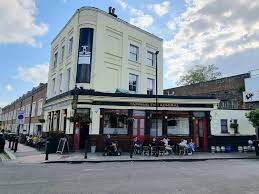
Tapping the Admiral rests on the site of the old Castle Tavern, where Nelson's maternal uncle, William Suckling, used to frequent regularly, and would often bring the young Horatio.
After Horatio Nelson's death at the battle of Trafalgar, in 1805, his body was stored in a barrel of brandy to preserve it during the long journey home. Legend has it that while en route to Gibraltar the crew of the HMS Victory tapped the barrel and would draw brandy through macaroni straws, to toast the Admiral. This is the origin of the term 'tapping the Admiral'.
Revolution!: the king is executed, in england. In england?

CHARLES I, beheaded by the PARLAMENTARIANS, in 1649
Cromwell memorial
Cat or lion?

Landseer was asked to design the sculptures in 1858 but took so long that four years later, he was still sketching the animals and studying them in London Zoo. He asked for a dead lion from the zoo to model them on but it took two years for one to die, at which point they transferred it to Landseer’s studio. The painter was not known for his speed and so, the lion began to decompose whilst he sculpted. For this reason, the paws were completely unrecognisable and Landseer had to model the lion’s paws on cats instead.
The new fountains…

The fountain centrepieces are not the originals though. The originals were removed in the late 1930s, and ended up in Ottawa, Canada. The current fountain centres were designed by Sir Edwin Lutyens, and are actually memorials to Lord Jellicoe and Lord Beatty.
the forth plinth
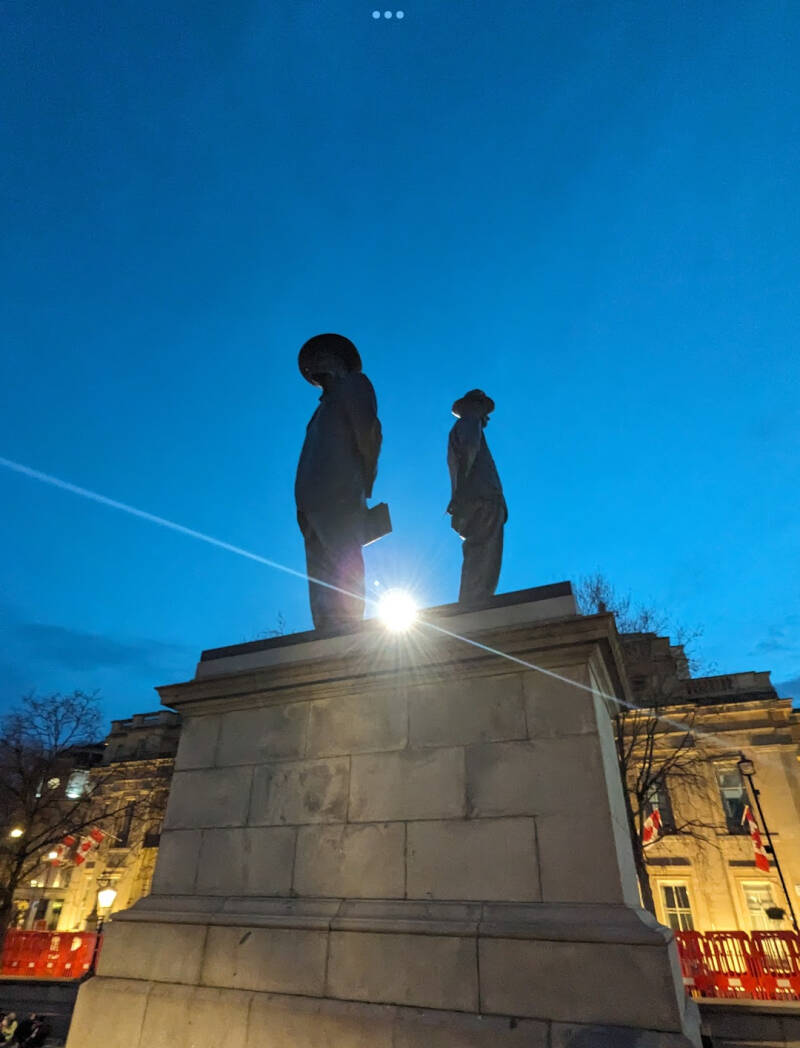

by the way, in canada house…
Legend has it that George Washington once swore he would never set foot on British soil ever again, the erectors of the Trafalgar Square statue laid it on a foundation of Virginia soil to ensure that Washington did not tell a lie

Now, back into the tour along horseguards road
the citadel
It was designed as a bomb-proof operations centre for the Admiralty, with foundations 30 ft (9.1 m) deep and a 20-foot (6.1 m) thick concrete roof. It is also linked by tunnels to government buildings in Whitehall.[12]
Its brutal functionality speaks of a very practical purpose; in the event of a German invasion, it was intended that the building would become a fortress, with loopholed firing positions provided to fend off attackers. Sir Winston Churchill described it in his memoirs as a "vast monstrosity which weighs upon the Horse Guards Parade".[12] In 1955, a question was asked in the House of Commons about mitigating its harsh appearance. The Minister of Works, Nigel Birch, describing it as "a hideous building", announced that the heavy gun positions were to be removed and that planting Virginia creeper (some sources identify the plants as Boston ivy[12]) would help to mask the concrete walls. In the same debate, a suggestion by MP John Tilney that a variety of plants be used was rejected by the minister on the grounds that it would "make it like an old-world tea garden".[13] It became a Grade II listed building in December 1987.[11]
In 1992 the Admiralty communications centre was established here as the stone frigate HMS St Vincent, which became MARCOMM COMCEN (St Vincent) in 1998. The Admiralty Citadel is still used today by the Ministry of Defence.
National police memorial

The UK does not have a national police force. Instead, there are 44 geographic forces in England and Wales, and a single force in Scotland and one in Northern Ireland.The UK does not have a national police force. Instead, there are 44 geographic forces in England and Wales, and a single force in Scotland and one in Northern Ireland.
When in london…
You are going to come across 2 police bodies


ST.JAMES’S PARK
A 23-hectare (57-acre) urban park. It is at the southernmost end of the St James's area, which was named after a once isolated medieval hospital dedicated to St James the Less, now the site of St James's Palace. The area was initially enclosed for a deer park near the Palace of Whitehall for King Henry VIII in the 1530's. It is the most easterly of a near-continuous chain of public parks that includes (moving westward) Green Park, Hyde Park, and Kensington Gardens.
Horse guards parade

The mounting of the guard, here daily, 11.00h
Trooping the colour
State visits
Beating the retreat
2012 london Olympics
Former resudence of the first admiral of the fleet

cavalry regiments official hq


Go through the arches and Discover more…
Dismounting of the guard ceremony. Everyday, 16.00h
Cabinet office
DOVER HOUSE. SCOTLAND’S OFFICE

You are on the Site of Whitehall palace

Royal tennis, Site of galleries

Site of Royal Joustings
Site Of royal cockpit
Royal cellars
Still in use in the basement of the Ministry of Defence

Visit hampton court for real (royal) tennis
Lord mountbatten MEMORIAL
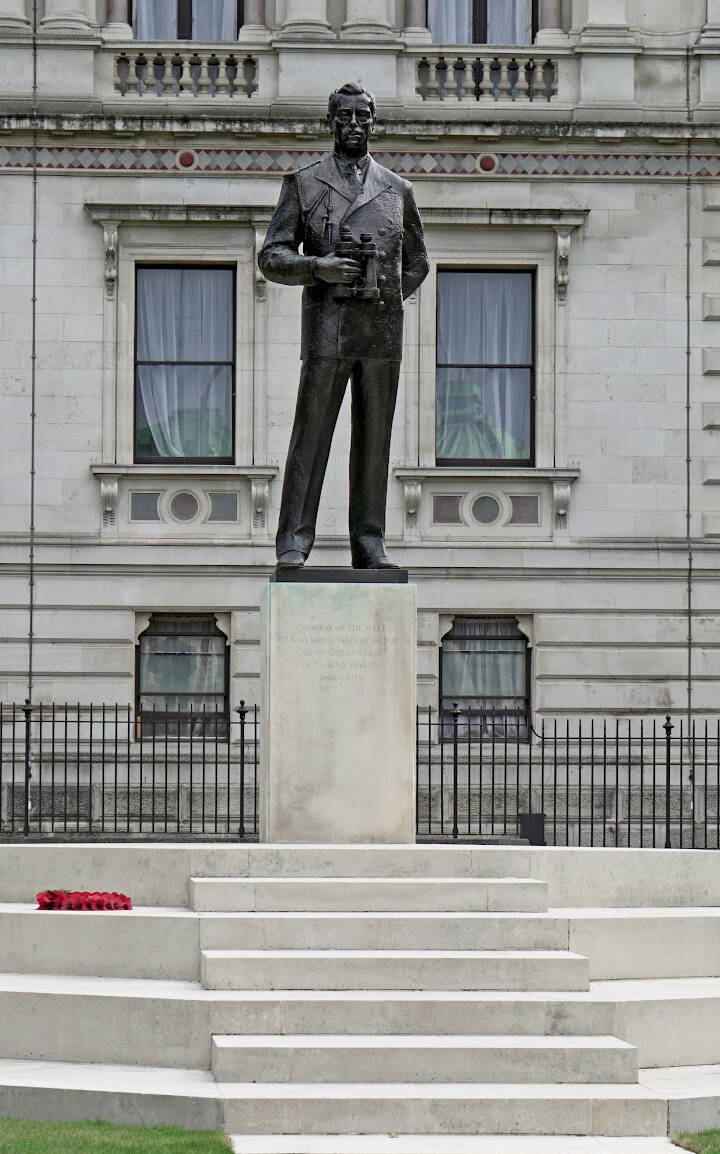
Louis Mountbatten, 1st Earl Mountbatten (born June 25, 1900, Frogmore House, Windsor, Eng. —died Aug. 27, 1979, Donegal Bay, off Mullaghmore, County Sligo, Ire.) was a British statesman, naval leader, and the last viceroy of India
Mr. Downing’s street
10 Downing Street, the locale of British prime ministers since 1735, vies with the White House as being the most important political building anywhere in the world in the modern era. Behind its black door have been taken the most important decisions affecting Britain for the last 275 years.

Who was Mr.DOWNING, the developer of the street that bears his name?. A HARVARD graduate. A spy. A Parlamentarían. A Royalist.
He played a significant role in acquiring New York City from the Dutch in 1665. Two New York streets are named after him, one in Greenwich Village and one in Brooklyn, as well as this street.

Foreign AND COMMONWEAlth office
A Victorian building by the great GILBERT SCOTT

Bali 2002 Terrorist attacks memorial

Treasury buildings

Churchill war rooms
Duck island cottage

Duck Island, the latter named for the lake's collection of waterfowl. At the end of the nineteenth century Duck Island was considered a sufficiently remote location for Scotland Yard to establish a bomb disposal facility there; the resident bird-keeper was given the responsibility of looking after the implements kept for dismantling the devices.[5] It now houses pumps and water treatment machinery for the lake and fountains.
St.james’s russian pelicans

Storey’s gate Lodge
Café

birdcage walk
The street is named after the Royal Menagerie and Aviary which were located there in the reign of King James I. King Charles II expanded the Aviary when the Park was laid out from 1660. Samuel Pepys and John Evelyn both mention visiting the Aviary in their diaries.[1][2]Storey's Gate, named after Edward Storey, Keeper of the King's Birds at the time of Pepys, was originally the gate at the eastern end of Birdcage Walk: the name is now applied to the street leading from the eastern end to Westminster Abbey, which was formerly called Prince's Street.[3]
The Abbey’s sanctuary
Queen elizabeth ii conference centre

The westminster arms ph

Consevative party hq

UNITED NATIONS GREEN
From the million guinea fund to the methodist central hall
This church was built to mark the centenary of Methodism founder John Wesley’s death. And, in order to fund building costs prior to construction, the Methodist Church set up the ‘Wesleyan Methodist Twentieth Century Fund’ in 1898.

After the guinea coin ceased to circulate, the guinea continued in use as a unit of account worth 21 shillings (£1.05 in decimalised currency). The guinea had an aristocratic overtone, so professional fees, and prices of land, horses, art, bespoketailoring, furniture, white goods and other "luxury" items were often quoted in guineas until a couple of years after decimalisation in 1971.

The United Nations convened the First Session of the General Assembly on 10 January 1946 in London, England.

A moment in history: In 1931, the legendary Mahatma Gandhi visited Methodist Central Hall Westminster and gave a talk to the Temperance League in itsLibrary.
Meetings held in the building to form the Free French Forces by General Charles de Gaulle

On 20 March 1966, four months before the 1966 FIFA World Cup in England, the trophy was stolen during a public exhibition at Westminster Central Hall.[10] It was found seven days later wrapped in newspaper at the bottom of a suburban garden hedge in Beulah Hill, Upper Norwood, South London, by a black and white mongrel dog named Pickles. As a security measure, The Football Association secretly manufactured a replica of the trophy for use in exhibitions rather than the original. This replica was used on occasions up until 1970 when the original trophy had to be handed back to FIFA for the next competition.
but, above all, a church
Built in homage to JOHN WESLEY, the founder of METHODISM
The historical wesleyan chapel, city of london



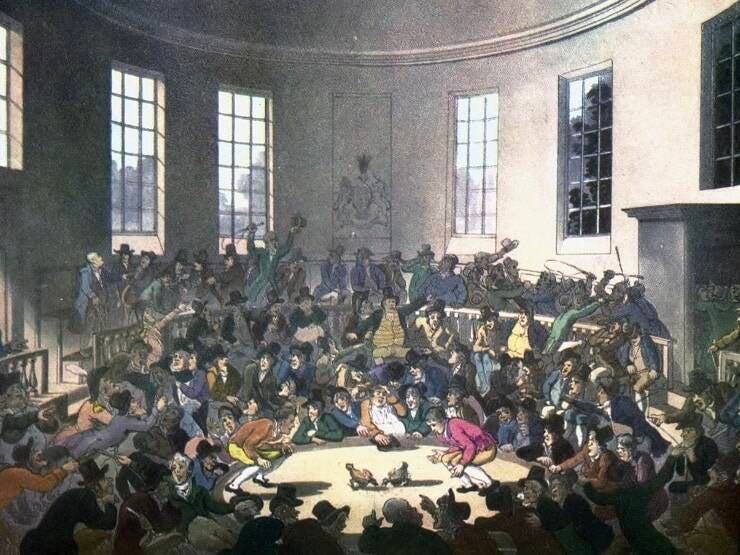







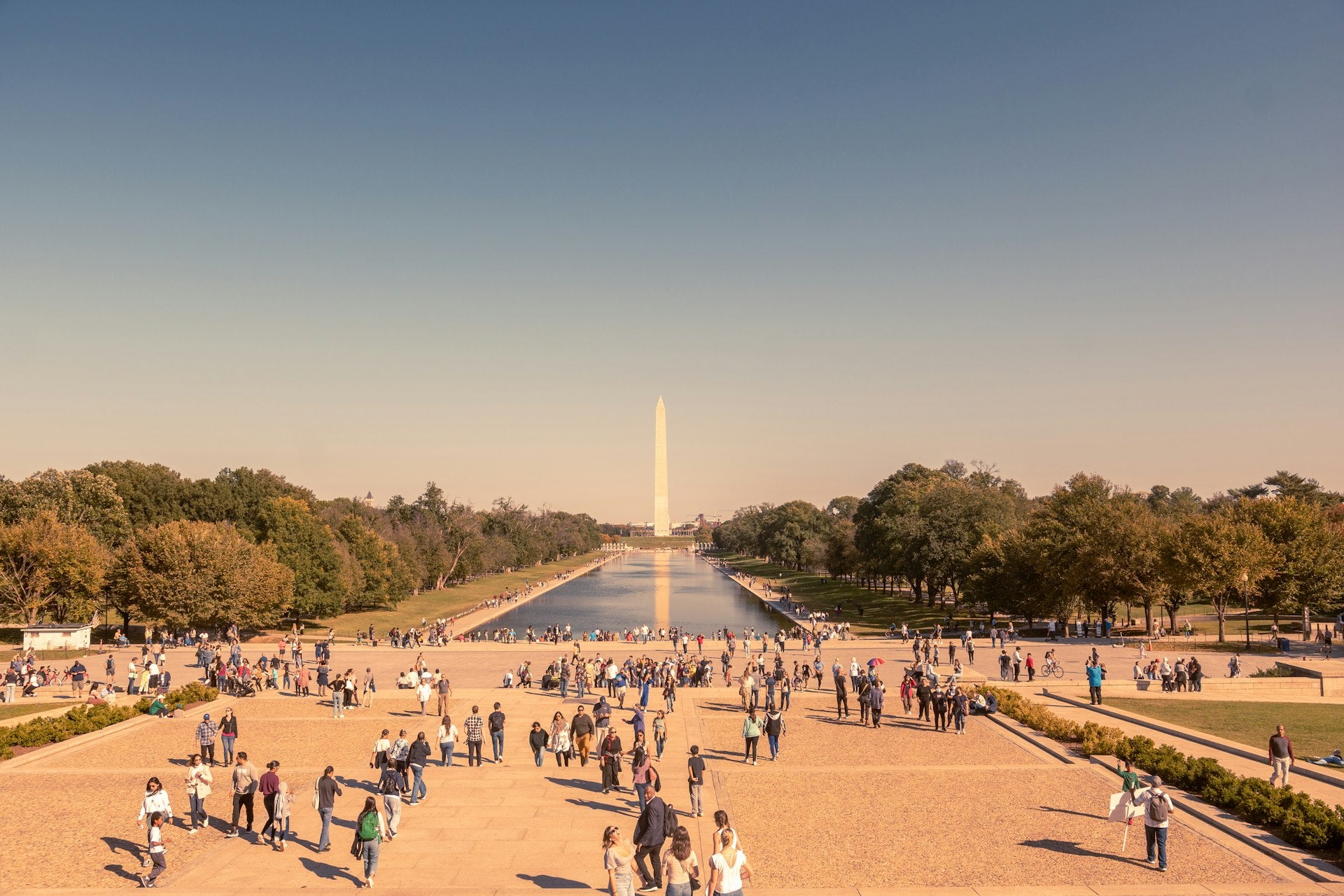


















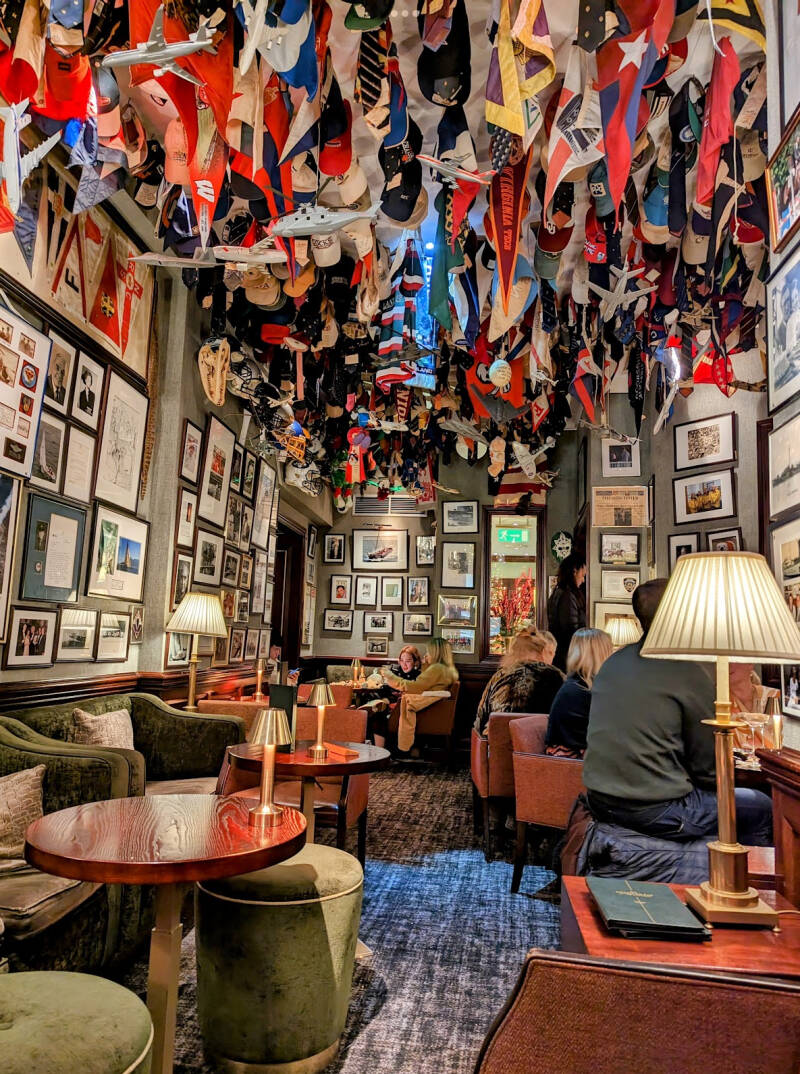







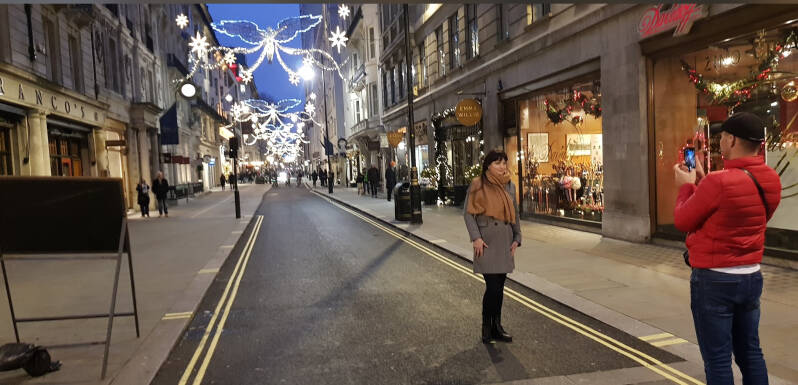
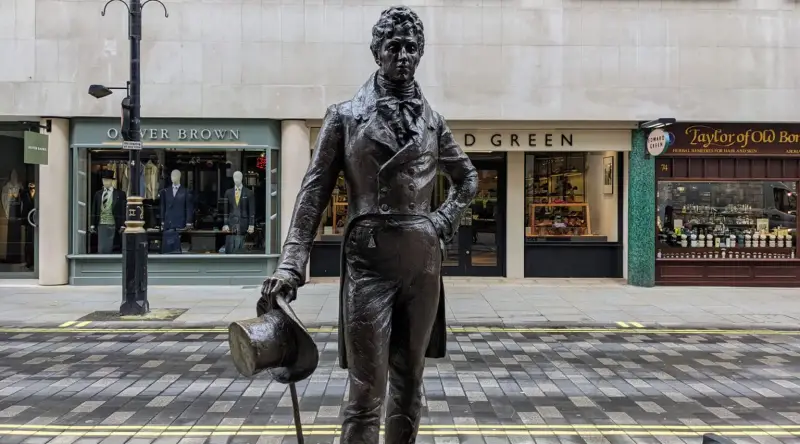










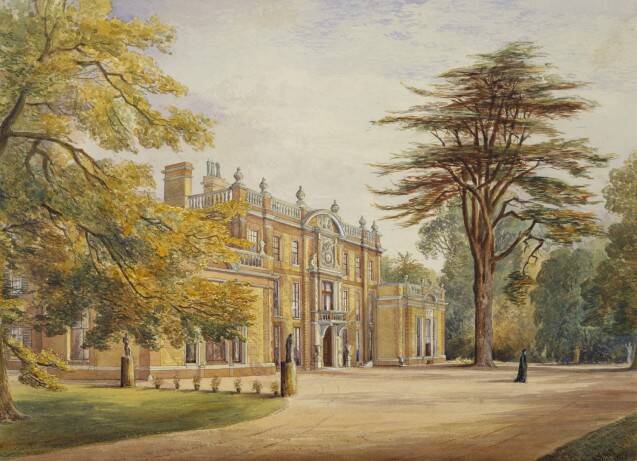



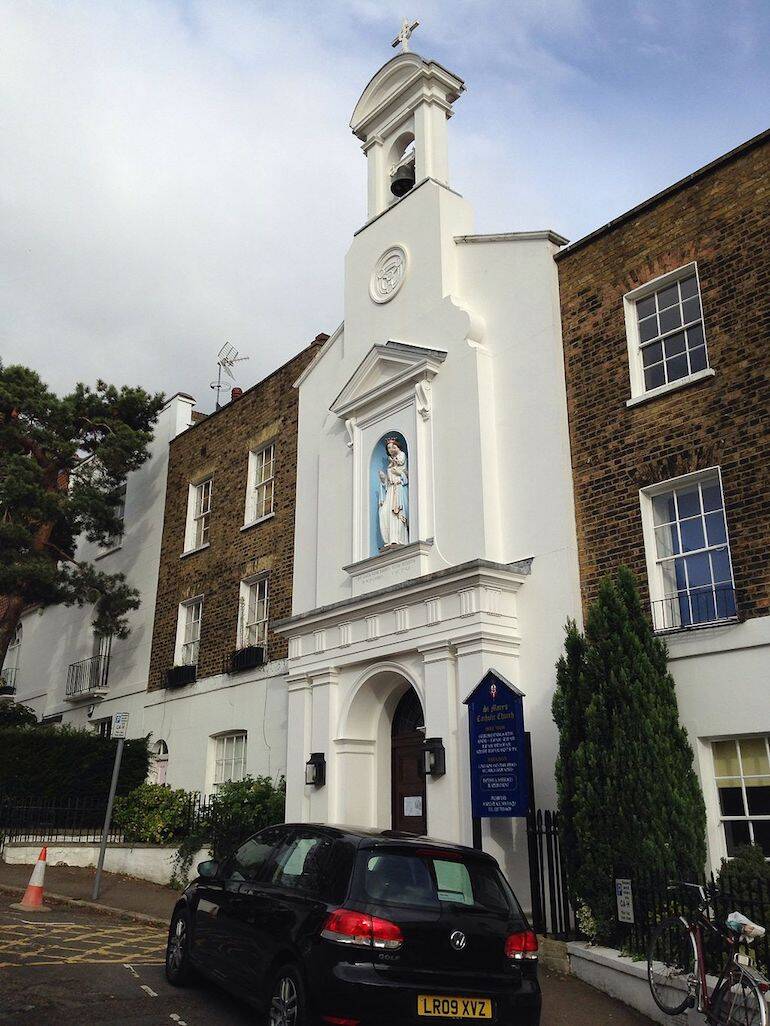












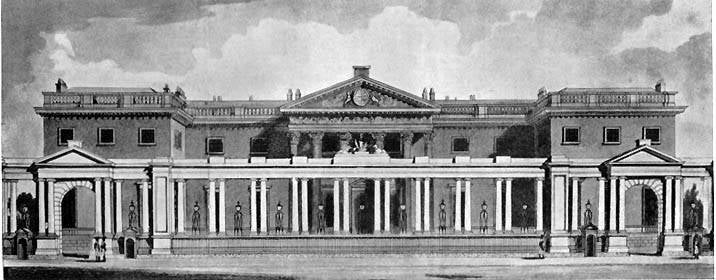








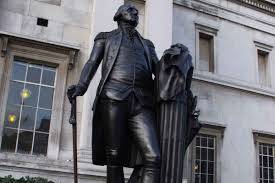






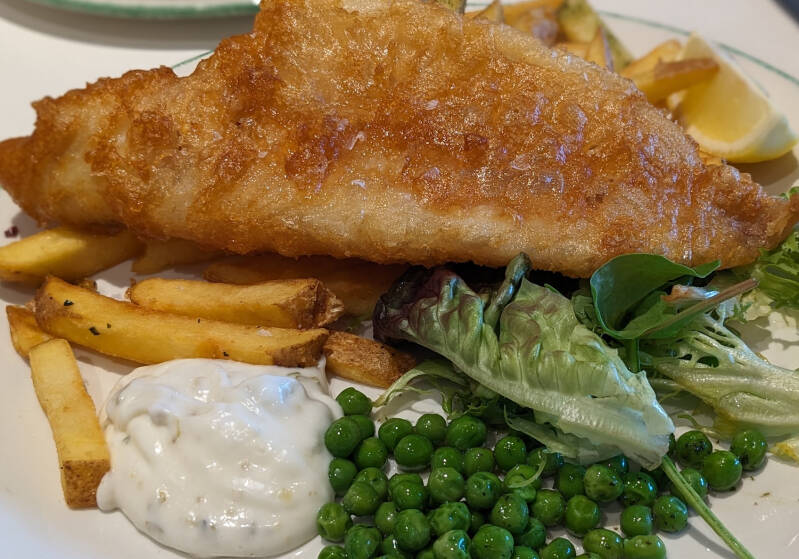

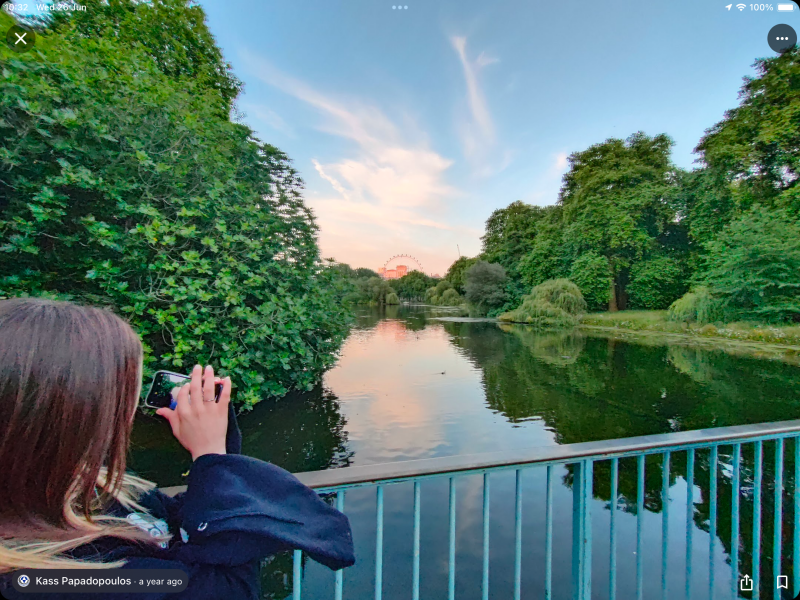

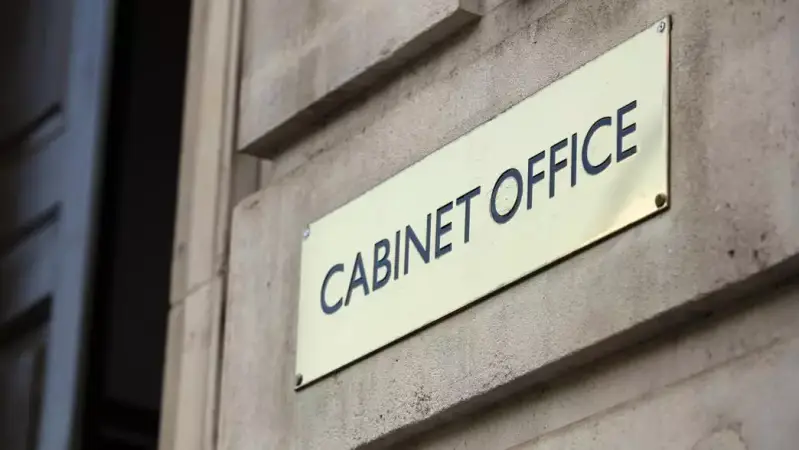








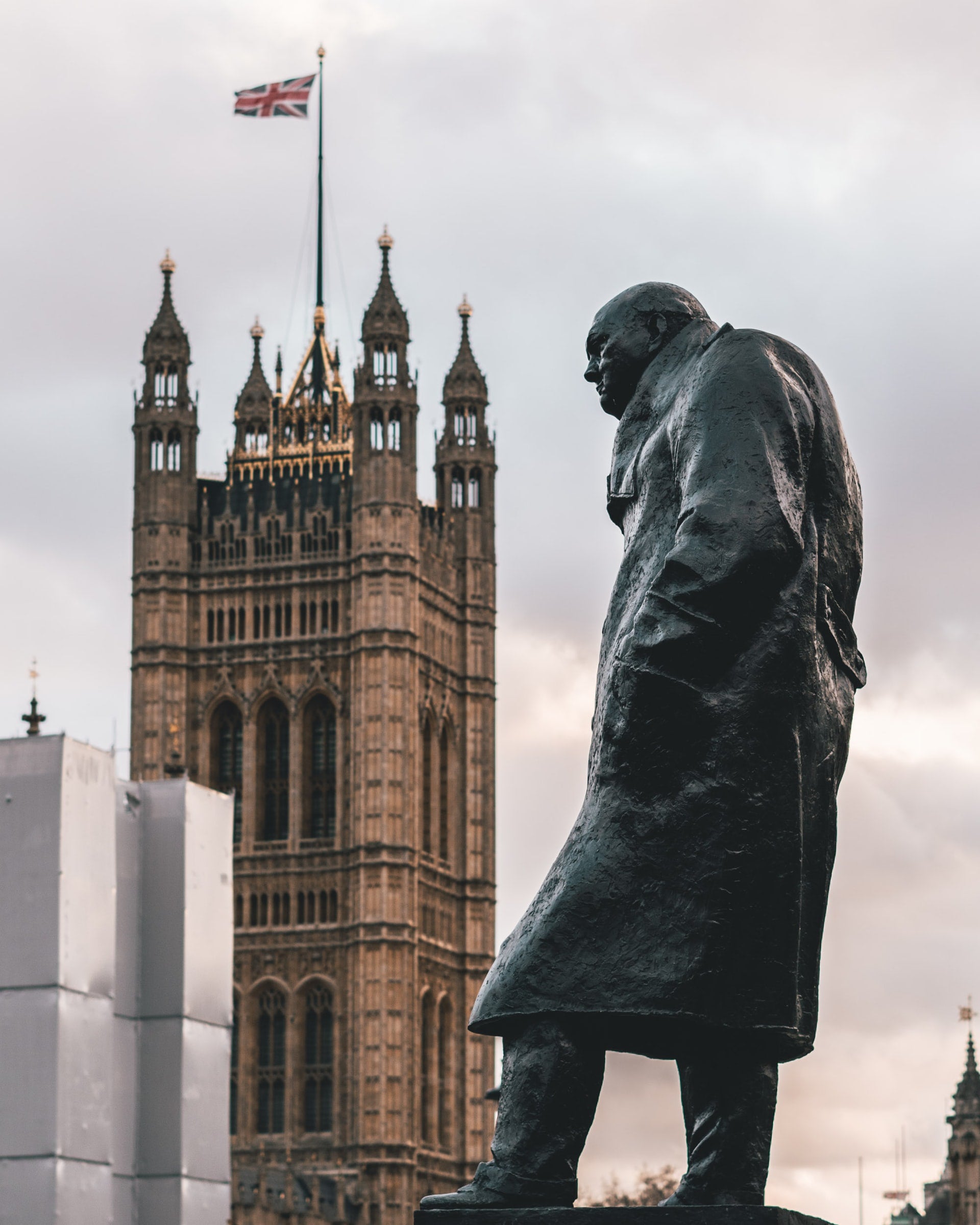


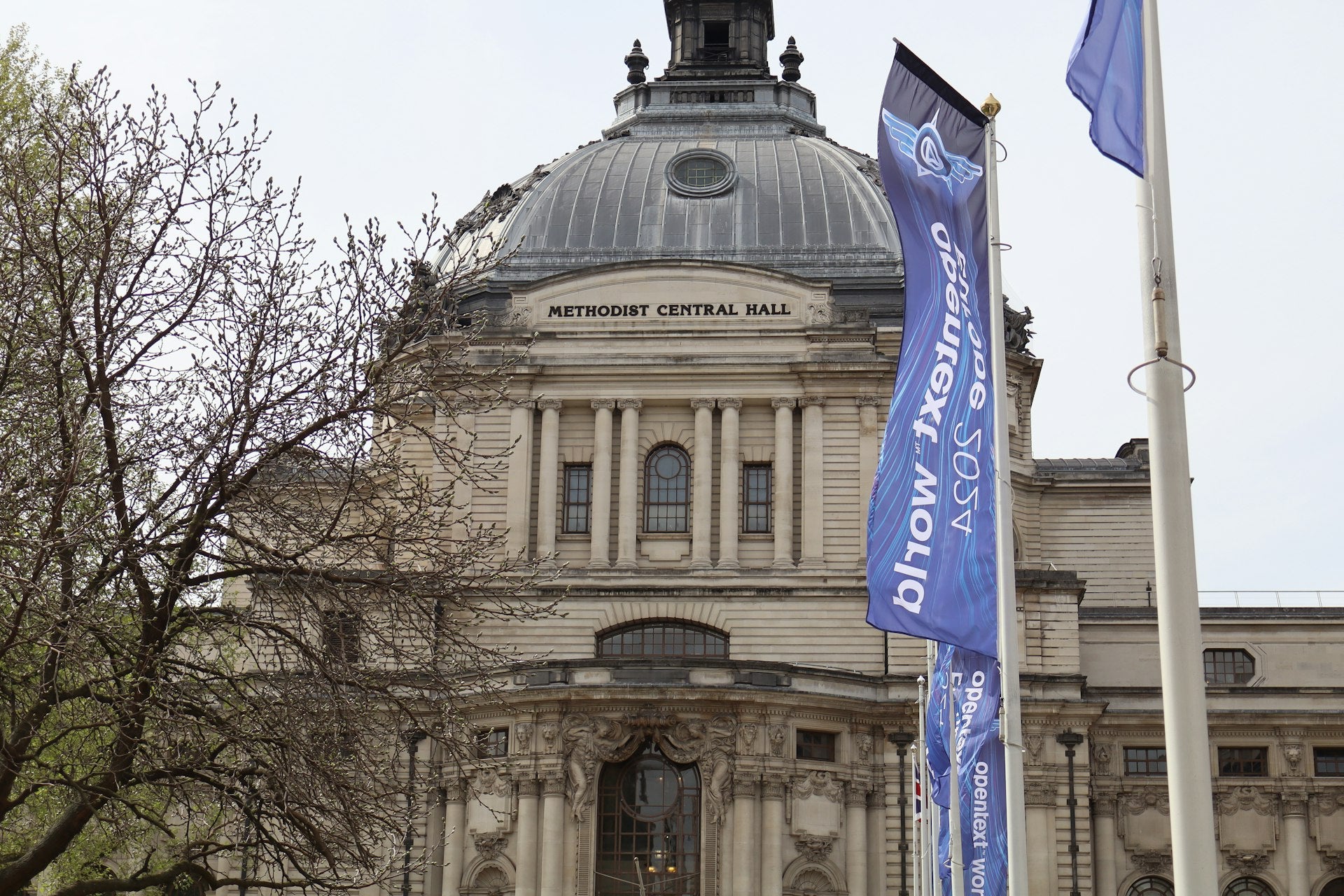
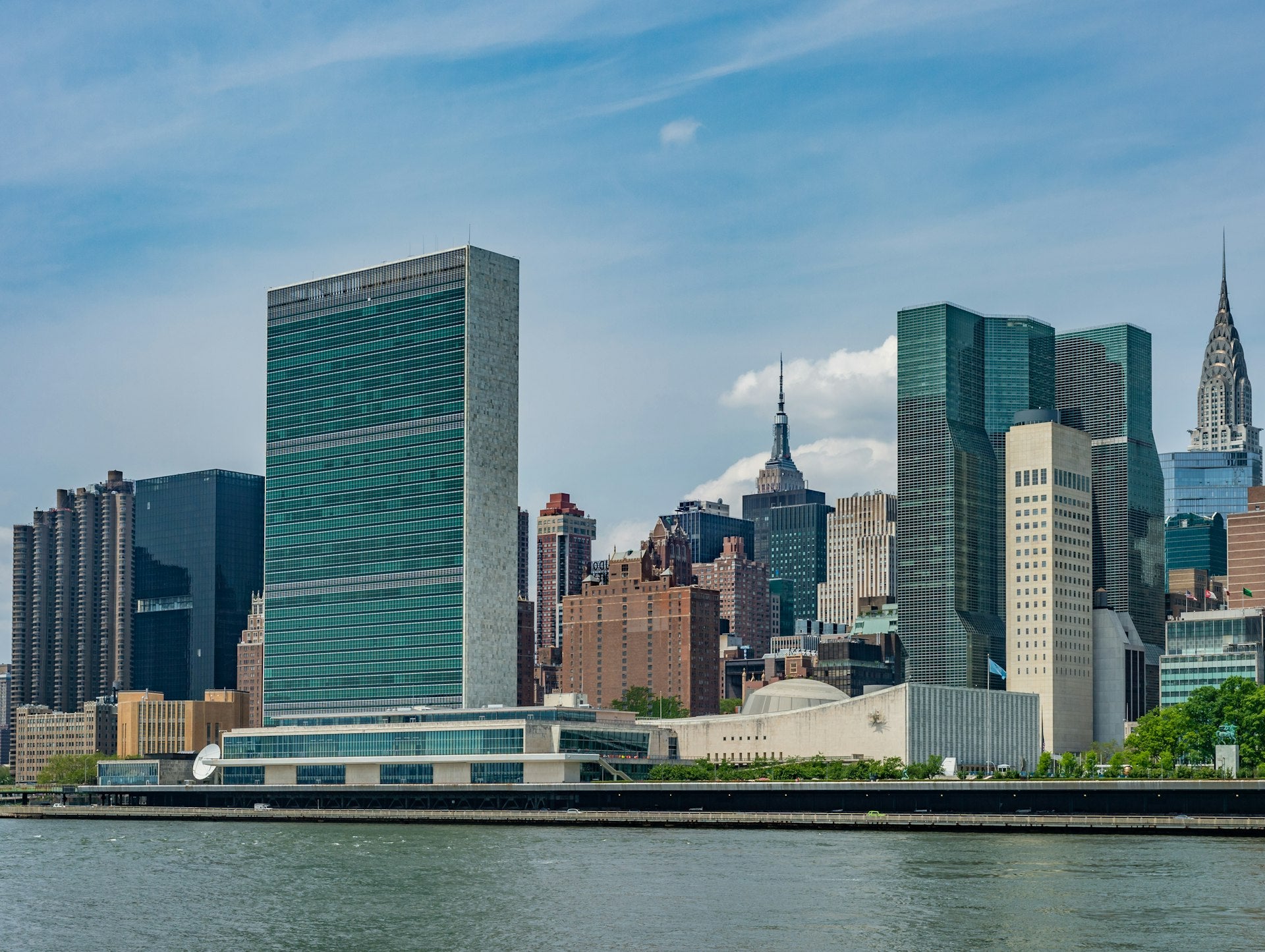

Create Your Own Website With Webador